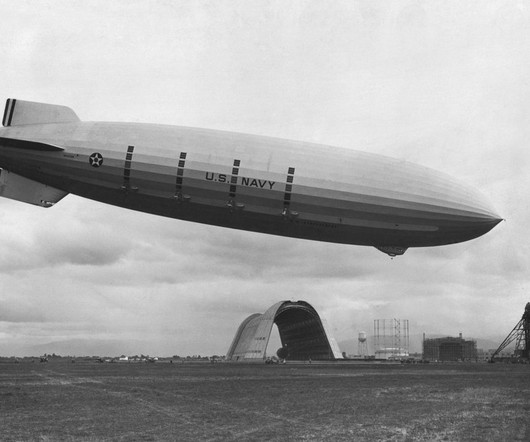Today in Aviation History: Loss of USS Macon
Vintage Aviation News
FEBRUARY 12, 2025
Though the German Zeppelins were inflated with hydrogen, which was a more readily available and lighter lifting gas, it was flammable when mixed with oxygen, which doomed many a Zeppelin to a fiery end. While flying high over West Texas, the sun heated and expanded the helium lifting gas, forcing the Macon to rise up.















Let's personalize your content